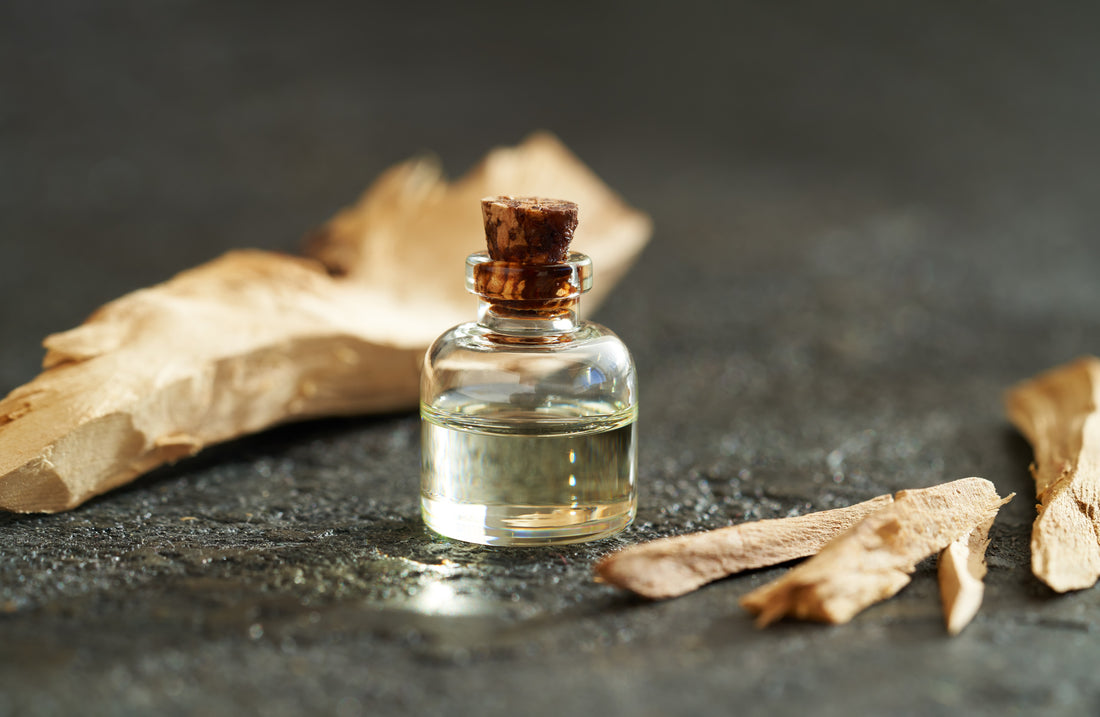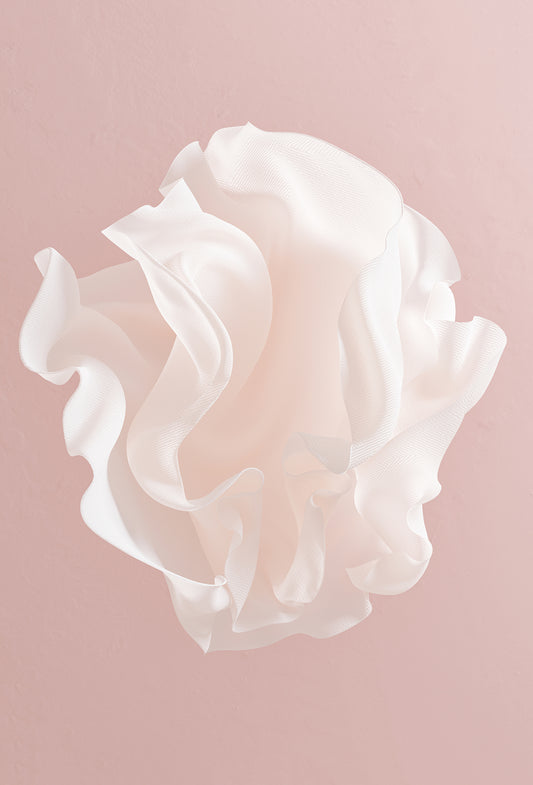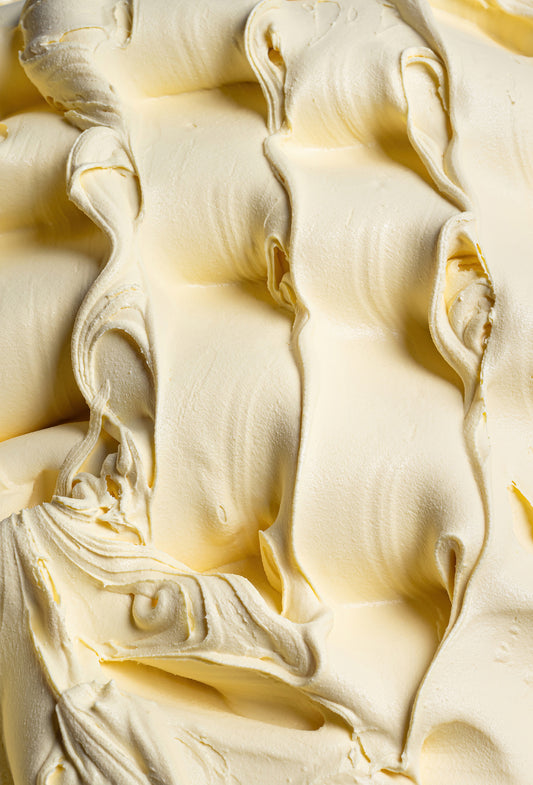Recently the popular basenotes website went offline. Consequently I am moving various informational articles from there to Fraterworks as they may be of assistance to perfumers and hobbyists.
This is a basic primer for sandalwood chemicals.
1. Polysantol: Elegant, very powerful. Used at below 0.1% up to 10% (or beyond) but beware of its IFRA limit of 1.1% in the finished product. I use this ALOT - often as part of a blend but even on its own.
2. Javanol. This is supremely beautiful - perhaps even nicer to smell than polysantol with far less needed. This has a floral aspect so I sometimes use it in traces to add a woody softness to floral bases. It's a very impressive sandalwood and like polysantol you can use under 0.1% for a sandalwood accent in a perfume with no other sandal materials. I use it a lot as part of blends, seldom on its own.
3. Dartanol / Bacdanol: I keep going back to this - over and over. It's probably my most used sandalwood chemical. Dartanol is the laevo form of bacdanol - much more elegant and diffusive than that material. Cosmetic, elegant. You can use this at levels closer to traditional sandalwood amounts. 4% gives a good solid sandalwood note in a moder style blend. Tweak it with the others on this list.
4. Sandela: this is an excellent fixative for the others. It is also lovely on its own and I have had really nice results overdosing this. It can work as a 1 for 1 for sandalwood but lacks the complex earthiness and character of the oil. That's why blending is usually best. This is also a good time to mention ICBH. Sandela and a few others are all largely isomeric variants of this. David Ruskin on another thread clearly said it best: "I think that Sandenol, Indisan and Sandela all contain IBCH as the major component. However, they all contain small amounts of other sandalwood specialities." In a way that makes ICBH (Isobornyl cyclohexanol) the Iso E Super of sandalwoods - with the variants being like anthamber, timbersilk, and sylvamber are to stock standard Iso E.
5. Hindinol: utterly sublime. When I open the bottle and it fills the air I actually feel my mood improve. This is incredibly beautiful - it is a top note sandalwood. Very powerful and under 1% is absolutely enough to notice its presence.
6. Firsantol: works really well with polysantol to make up for some of its shortcomings in matching real sandalwood's odour. 0.5% of this material is enough to get a full sandalwood note in many blends. It's stronger than polysantol but not as strong as javanol. Treat it like norlimbanol (timberol / Dextro norlimbanol). A little goes a long way.
7. Sandalore: restricted to 1.2% of the finished product. This is a bit more of a classic - being very popular in the 90s but superceded often as other materials gained popularity (like polysantol). It's still a beautiful material I use a lot. This is often found as a single molecule sandalwood replacer and I use it as such. Definitely worth having.
8. Osyrol - a good medium strength "filler" type sandalwood. It isn't talked about so much these days but it's a good workhorse - don't ignore it. Some posts on here a while ago said this is recently found in Prada pour homme with polysantol. Someone else said it is used in combination with polysantol and bacdanol in Oud Wood by Tom Ford. I've seen it in two GCMSs of modern Chanel fragranes and again with Polysantol forms part of the sandalwood note of Samsara. David Ruskin says this performs brilliantly in soap - an area in which he has an especial expertise.
9. Brahmanol is another solid workhorse like sandalore. Perfumer & Flavourist wrote about it in the 1980s: "Bacdanol and Brahmanol are olfactively related to naturally occuring cis-B-Santalol but they are more powerful and more musky, lacking the outstanding floral character of the natural chemical." Note the last half of that sentence ... that's where Javanol fits right in - supplying a bit of floralcy.
10. Ebanol: rich, powerful, musky. Has often been referred to as "all you need" in combination with bacdanol. Don't limit yourself to that though as there are now so many options. I rarely use this one but I always keep it on hand just in case.
Some chems seen in the wild:
Tom Ford Amber Absolute
125 Bacdanol
30 Sanjinol (AKA Dartanol)
15 Javanol
80 Polysantol
110 Sandalore
20 Ebanol
Christophe Laudamiel who created it said his quantities of polysantol and sandalore were determined by IFRA limits - so not by nose. I found that rather interesting. It also means this perfume was around a 10% concentration - otherwise it would not be IFRA compliant. The rest of the formula is online - mostly labdanum with a touch of patchouli and olibanum resin.
Chanel No 5 (2000)
0.17% Bacdanol
0.3% Osyrol
0.144% Polysantol
0.057% Sandalore
0.212% Sandenol
Combined with around 3g of sandalwood. Most likely the chems are in a base of some type.
Pardon (Nasomato)
0.12% Osyrol
1.32% Ebanol
0.05% Javanol
Baccarat Rouge
0.02% of polysantol
Musc Ravageur:
4.8% Sandela
0.007% Hindinol
Black Orchid (Tom Ford)
60 Bacdanol
15 Sandalore
5 Ebanol
Duro (Nasomato)
36 Javanol (wow!)
26 Bacdanol
3 Polysantol
3 Ebanol
2 Sandalwood oil
Original Santal (Creed)
9 Polysantol (that's all!)
And seeing as I am showing all these bits of info from other brands, here's one of my own perfumes!
Coucou (Frater)
30 Dartanol
10 Mysore Sandalwood Oil
1 Javanol





